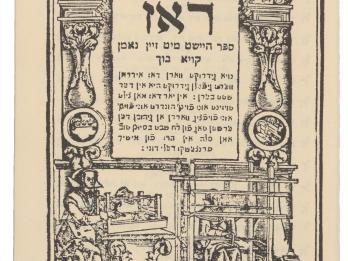Great Italian Synagogue, Padua
1548
Image

The Scuola Levantina (Levantine Synagogue), a Sephardic synagogue built in 1541, was restored in the late seventeenth century. The bimah is thought to have been carved by Andrea Brustolon, famed for his elaborate Baroque church carvings, furniture, and devotional objects. This bimah demonstrates the influence of Gian Lorenzo Bernini, another famous sculptor of the time, who carved the famous baldacchino (a canopy over an altar or throne) in St. Peter’s Basilica.
Founded in 1548, the Italian Synagogue of Padua was moved to its current location by 1603. It was renovated in the nineteenth century and restored again after World War II, when the Scuola Grande, which had become the main synagogue in use, was destroyed by fire. Following the Italian convention, the synagogue is bifocal, with the bimah and ark on opposing sides, although unusually enough in this synagogue the two features appear on the long (rather than short) walls. The bimah is believed to have been carved entirely out of wood from a tree that was struck by lightning in the sixteenth century.
Credits
Interior (1548). Olevy / Wikimedia, Synagogue_italienne_de_Padoue.Vue_de_l'intérieur.JPG. Cropped from the original. Licensed under (CC BY-SA 3.0).
Published in: The Posen Library of Jewish Culture and Civilization, vol. 5.




